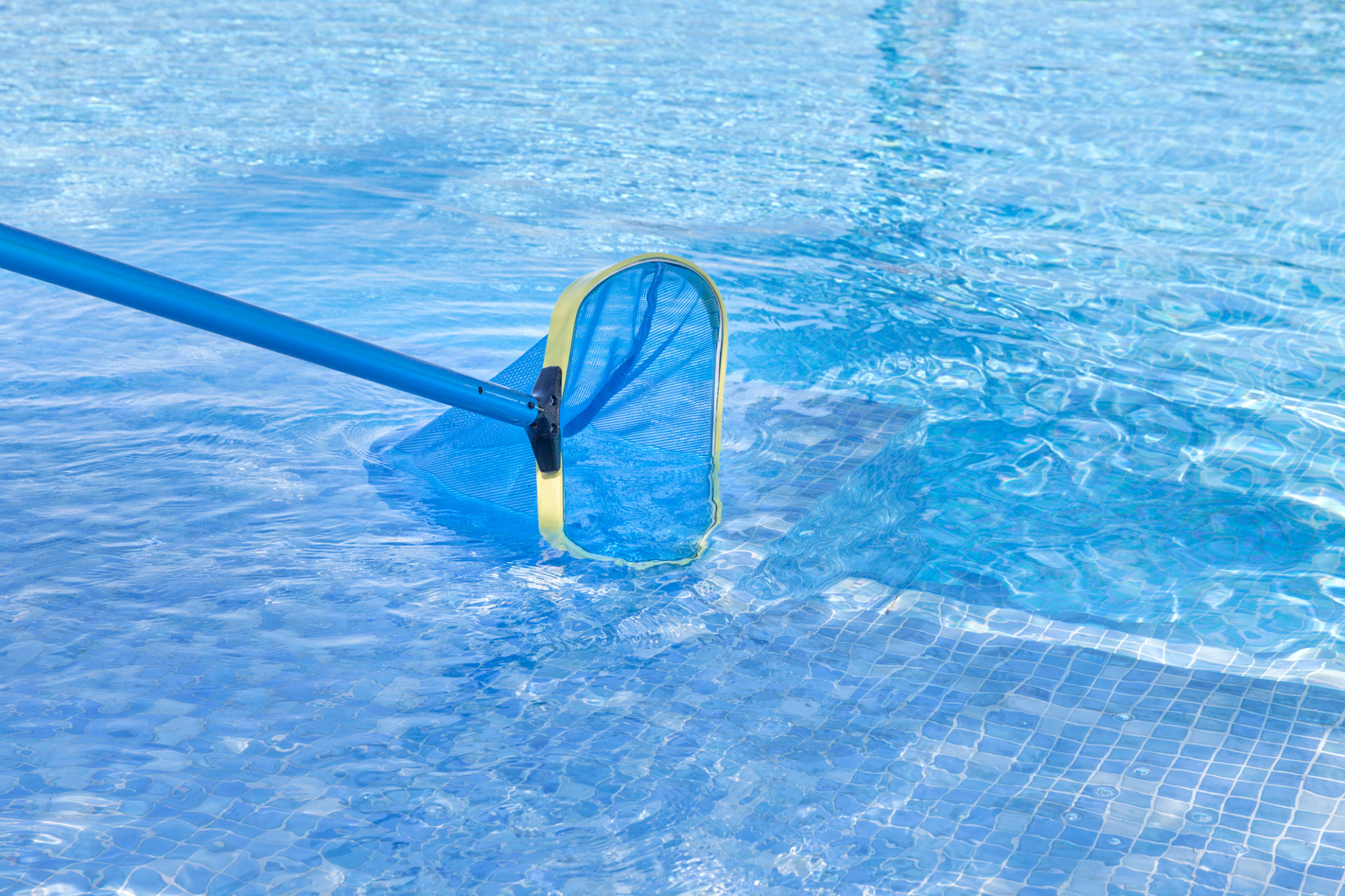DIY Pool Cleaning: Tips and Tricks from the Pros
Understanding the Basics of Pool Cleaning
Maintaining a clean and healthy pool is essential for enjoying your backyard oasis. While hiring a professional service is an option, many pool owners prefer the satisfaction and savings of a DIY approach. Understanding the basic components of pool cleaning can set you on the right path.
The primary goal of pool cleaning is to keep the water clear and safe for swimming. This involves regular skimming, brushing, vacuuming, and maintaining chemical balance. Each of these tasks plays a crucial role in preventing algae growth and maintaining the overall hygiene of your pool.

Essential Pool Cleaning Tools
To effectively clean your pool, you'll need a few essential tools. These include a pool skimmer, a brush, a vacuum, and a water testing kit. Each of these tools serves a specific purpose in your pool maintenance routine.
Pool skimmers are used to remove leaves and debris from the surface of the water. Regular skimming prevents debris from sinking to the bottom and becoming more difficult to remove. Brushes are essential for scrubbing the walls and floor of the pool to prevent algae buildup.

The Importance of Regular Skimming and Brushing
Frequent skimming and brushing are critical components of pool maintenance. By skimming the surface daily, you prevent organic matter like leaves, insects, and other debris from decomposing in your pool. This not only keeps the water looking fresh but also reduces the workload on your filtration system.
Brushing the walls and floor of your pool at least once a week helps prevent algae and other contaminants from taking hold. Use a brush appropriate for your pool's surface to avoid damage while ensuring a thorough clean.
Vacuuming Your Pool Like a Pro
Vacuuming is an integral part of maintaining a sparkling clean pool. Whether you have an automatic or manual vacuum, ensure you're using it regularly to remove dirt and debris from the pool floor. For manual vacuums, move slowly to avoid stirring up sediment.
If you're using an automatic vacuum, remember to check its operation periodically. Ensure it's covering all areas of the pool and not getting stuck in corners or on steps. Routine vacuuming helps maintain water clarity and reduces strain on your filtration system.

Balancing Pool Chemicals
Maintaining the right chemical balance is essential for safe swimming conditions. Regularly test your pool water with a reliable testing kit to measure pH levels, chlorine, alkalinity, and calcium hardness. Keeping these levels in check helps prevent algae growth and ensures swimmer safety.
If you find your chemical levels are off, adjust them accordingly. For example, if the pH is too high, add a pH reducer. If chlorine levels are low, shock your pool with additional chlorine to sanitize the water effectively.
Troubleshooting Common Pool Problems
Even with regular maintenance, pools can develop issues over time. Cloudy water, algae blooms, and clogged filters are common problems that require prompt attention. Understanding how to troubleshoot these issues can save you time and money.
Cloudy water is often caused by improper chemical balance or poor filtration. Check your chemical levels and clean or backwash your filter as needed. For algae blooms, shock the pool with chlorine and brush affected areas thoroughly. Regular maintenance is key to preventing these problems from returning.

The Benefits of DIY Pool Cleaning
Tackling pool cleaning yourself not only saves money but also gives you greater control over your pool's condition. By understanding your pool's needs and addressing them regularly, you can extend its lifespan and ensure it's always ready for use. Plus, there's a sense of accomplishment in knowing that you've maintained such an important part of your home.
With the right tools and knowledge, DIY pool cleaning can be both manageable and rewarding. Follow these tips and tricks from the pros to keep your pool looking its best all season long.
